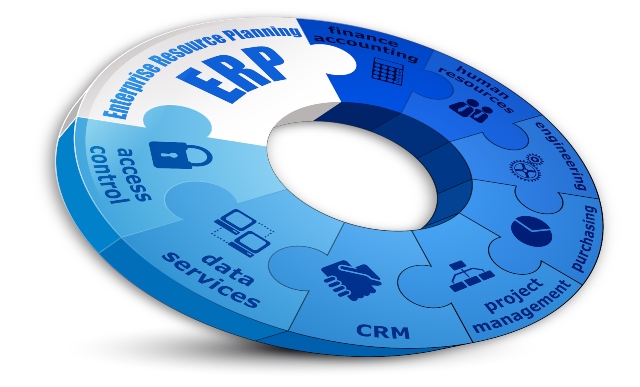Acquired a New Business?
Develop a Strong Post-Acquisition Strategy to Help Ensure a Smooth SAP System Transition
Mergers and acquisitions are on the rise, and many companies involved struggle with integrating IT applications and platforms between newly joined businesses. Buyers have to integrate the acquired company from technology, people, and business process perspectives within the time constraints of a transitional services agreement (TSA). This integration can be difficult when the acquired company has instances of SAP and non-SAP applications that the buyer does not support. Factoring in the amount of data companies now collect and analyze with SAP HANA, integration is more important than ever — data that is not properly integrated cannot be trusted. Let’s look at some integration strategies that can help companies overcome complexity and succeed at integrating diverse technologies in this market.
Developing an Integration Strategy
Acquirers should develop a strategy for post-acquisition SAP system integration along four levels (see Figure 1).
1. Lift and Shift
The simplest option involves a “lift and shift” of the acquired company’s existing SAP and non-SAP applications onto the buyer’s infrastructure. This approach requires the least amount of time, cost, and disruption, but also tends to provide fewer integration benefits for the buyer. Consolidated financial reporting is provided through SAP BusinessObjects Planning and Consolidation, and the operations of the acquisition are kept at arms-length.
2. Acquisition Hub
The next level of integration might involve the buyer having an “acquisition hub” designed solely for acquisitions based on a single, dedicated on-premise SAP instance. Cloud-based solutions such as SAP S/4HANA Cloud, SAP Business ByDesign, or SAP Business One can provide buyers with another alternative. In both cases, the acquisition is brought into the SAP solution and provides synergies for the buyer. Once again, consolidated financial reporting is provided with SAP BusinessObjects Planning and Consolidation.
3. SAP S/4HANA Finance
SAP S/4HANA Finance offers a greater range of integration capabilities for the buyer, including integrated finance and accounting, and shared services enablement. Buyers can lift and shift the acquired company’s SAP and non-SAP applications, stand up either the SAP S/4HANA Finance add-on to SAP Business Suite powered by SAP HANA or SAP S/4HANA Finance alone, and use SAP’s global finance hub or the central journal approach for increased integration.
4. Full SAP Integration
Full integration into a single, global instance of the buyer’s SAP solutions offers the greatest level of integration of people, business processes, and data, along with shared services enablement.

Choosing Your Approach
In addition to these techniques, companies need to consider the time involved in integrating acquired systems, for the buyer’s, seller’s, and acquired company’s efforts. Then with all these factors in mind, the best option depends on the size, type, and purpose behind the acquisition, along with terms in the TSA. Buyers should develop and maintain a repeatable playbook of options for integration, and each option should be driven by the buyer’s strategic business goals. For more information, visit kpmg.com/us/sap.
This article is intended solely for informational and educational purposes. KPMG LLP audits SAP. KPMG LLP is not endorsing or recommending the products or solutions discussed in this article nor selling, marketing, or implementing these products or solutions for KPMG LLP audit clients.







